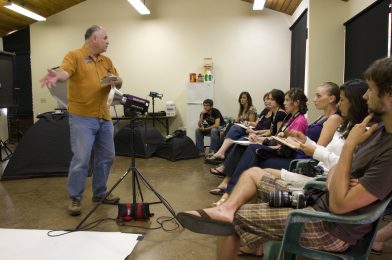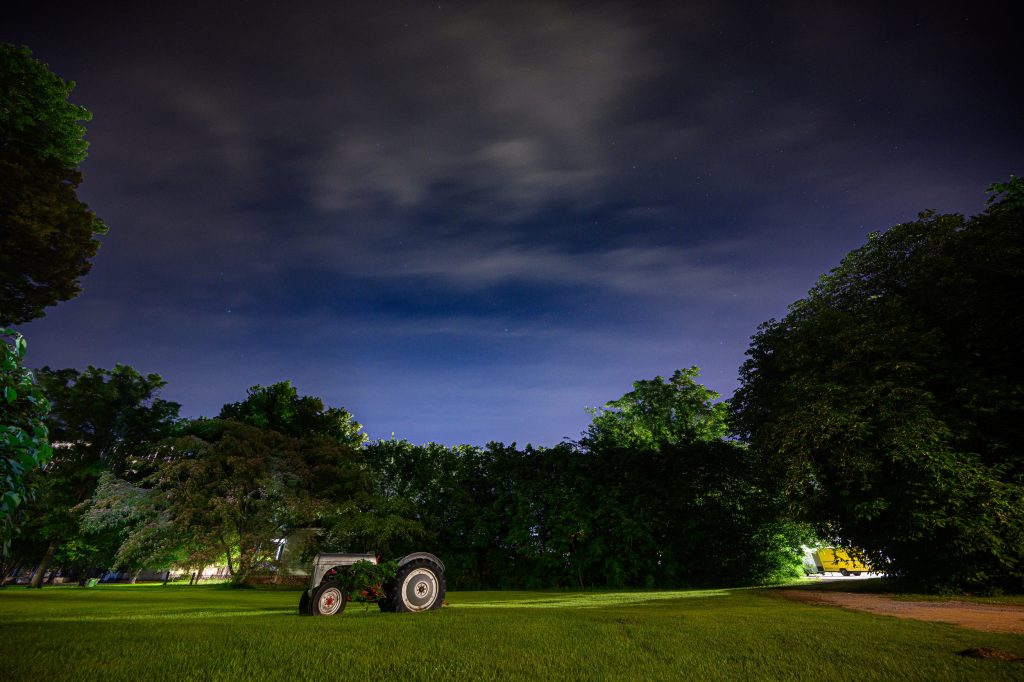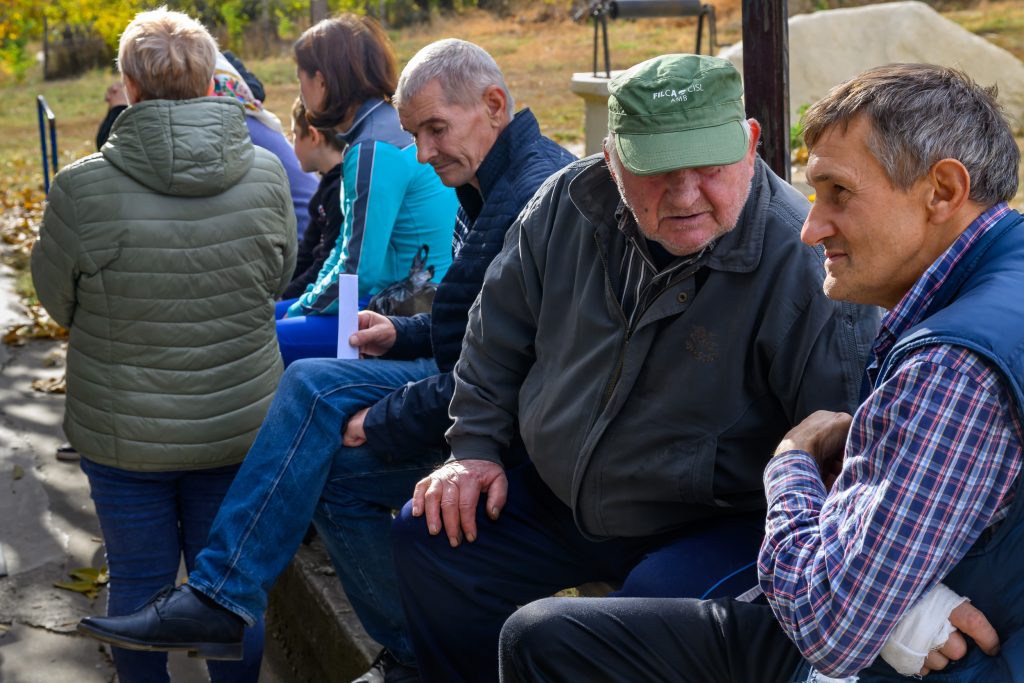[NIKON Z 9, NIKKOR Z 100-400mm f/4.5-5.6 VR S, Mode = Aperture Priority, ISO 25600, 1/250, ƒ/5.6, (35mm = 170)]
I recently spent three intense days photographing in one of the darkest rooms I’ve ever encountered, covering a meeting for a client. The experience pushed my skills and equipment to the limit, but the results were worth every moment of effort.
The Setup
The room was dimly lit, forcing me to shoot at ISO 25600, with shutter speeds of 1/125 or 1/250 and apertures of ƒ/4 or ƒ/5.6, depending on the lens. The high ISO was necessary to capture the scenes without introducing too much blur, but it also meant dealing with a significant amount of noise.
I chose not to use flash during this religious meeting so as not to attract attention and annoy the people.
My gear for the event included:
- 2 Nikon Z9 cameras
- 24-120mm ƒ/4 Nikkor S
- 100-400mm ƒ/4.5-5.6 Nikkor S
- 14-30mm ƒ/4 Nikkor S – Explicitly used for a large group photo with strobes
The Solution: DXO PureRAW 4
To tackle the noise issue, I turned to DXO PureRAW 4. For those unfamiliar, PureRAW is an app and plug-in that pre-processes raw files, effectively cleaning up lens distortions, noise, sharpness, and optical aberrations. It also addresses issues caused by the mosaicing process of color sensors. On average, it took about 90 seconds or more per photo to process on my MacBook Pro M1 with 32 GB of RAM; then, each photo was edited beyond that in Adobe Lightroom Classic. The time investment was substantial, but the results were outstanding.
All photos except for the last three were available light.
The Results
Despite the challenging conditions, the client was thrilled with the photos. They immediately updated their website, lacking fresh images from recent meetings. Seeing my work featured prominently on their site was incredibly satisfying and made all the effort worthwhile.
Lessons Learned: The 100-400mm Challenge
One of the biggest challenges was shooting with the Nikkor 100-400mm lens at 400mm. The low light and long focal length made it challenging to avoid motion blur, mainly because I could only shoot at 1/250 instead of the ideal 1/500. A 400mm ƒ/2.8 lens would have been perfect, but since I didn’t have one, I had to be extra mindful of staying still and squeezing the shutter gently.
Tips for Covering a Meeting in a Dark Room
- Use High ISO and Fast Lenses: Don’t push your ISO to the maximum your camera can handle while maintaining acceptable noise levels. Pair this with the fastest lens you have available.
- Steady Yourself: If using a long lens, stabilize yourself as much as possible. Use a tripod or monopod and practice proper hand-holding techniques to minimize motion blur if available.
- Leverage Noise Reduction Software: Invest in noise reduction software like DXO PureRAW 4. The post-processing time is well worth it for the quality improvement.
- Test and Adjust: Spend time testing different settings on the first day. This will help you find the optimal balance between shutter speed, aperture, and ISO for your specific situation.
- Communicate with Your Client: Keep your client informed about the challenges and your solutions. They’ll appreciate your dedication and your extra steps to ensure high-quality results.
Photographing in low-light conditions is always a challenge, but you can deliver impressive results with the right tools and techniques. Remember, every challenging shoot is an opportunity to learn and grow as a photographer. Happy shooting!




































